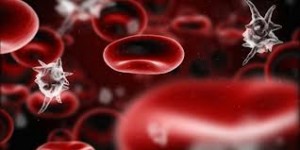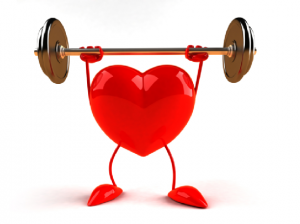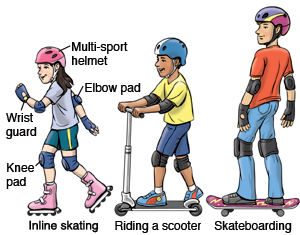 What are bloodborne pathogens?
What are bloodborne pathogens?
Bloodborne pathogens are infectious microorganisms in human blood that can cause disease in humans. These pathogens include, but are not limited to, hepatitis B (HBV), hepatitis C (HCV) and human immunodeficiency virus (HIV). Needlesticks and other sharps-related injuries may expose workers to bloodborne pathogens. Workers in many occupations, including first aid team members, housekeeping personnel in some industries, nurses and other healthcare personnel may be at risk of exposure to bloodborne pathogens.
What can be done to control exposure to bloodborne pathogens?
In order to reduce or eliminate the hazards of occupational exposure to bloodborne pathogens, an employer must implement an exposure control plan for the worksite with details on employee protection measures. The plan must also describe how an employer will use a combination of engineering and work practice controls, ensure the use of personal protective clothing and equipment, provide training , medical surveillance, hepatitis B vaccinations, and signs and labels, among other provisions. Engineering controls are the primary means of eliminating or minimizing employee exposure and include the use of safer medical devices, such as needleless devices, shielded needle devices, and plastic capillary tubes.
via Safety and Health Topics | Bloodborne Pathogens and Needlestick Prevention.
 People in the U.S. are living longer than ever before. Many seniors live active and healthy lives. But there’s no getting around one thing: as we age, our bodies and minds change. There are things you can do to stay healthy and active as you age:
People in the U.S. are living longer than ever before. Many seniors live active and healthy lives. But there’s no getting around one thing: as we age, our bodies and minds change. There are things you can do to stay healthy and active as you age:





